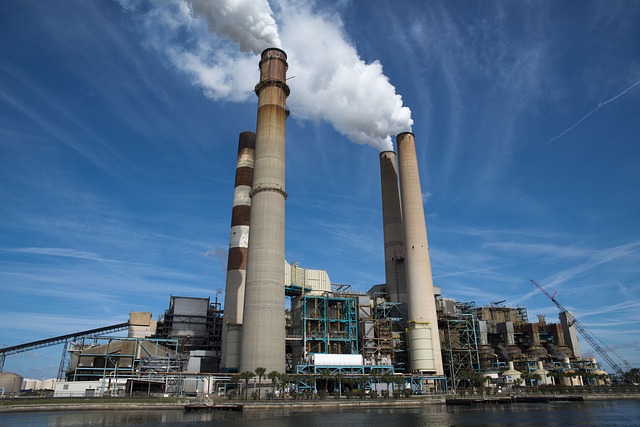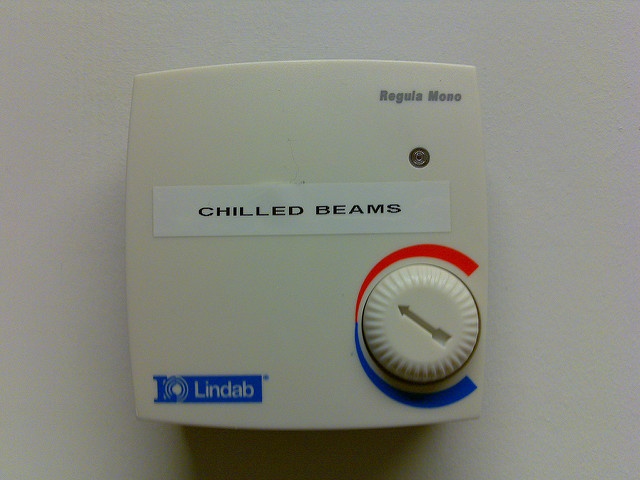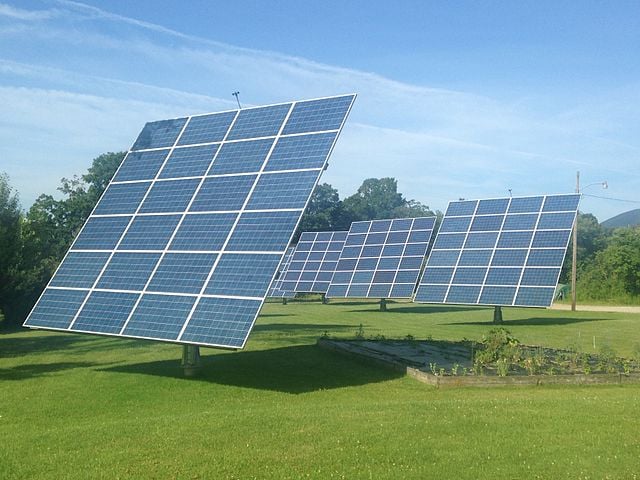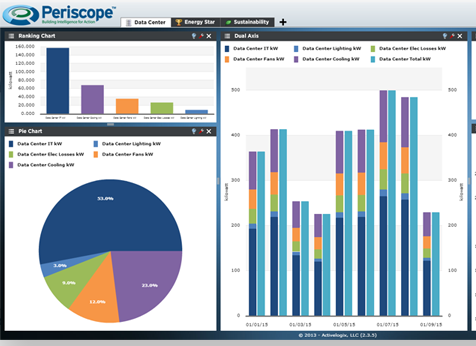Although electronically commutated motors (ECMs) are specified in efficient buildings, and energy efficiency programs provide incentives for their installation, I only had a cursory understanding of the difference between this technology and traditional shaded pole or permanent split capacitor type motors. What makes ECMs more efficient?
Eveline Killian
Recent posts by Eveline Killian
5 min read
Understanding Electronically Commutated Motors
By Eveline Killian on Aug 2, 2017 10:00:00 AM
Topics: Energy Efficiency Building Performance & Technology
3 min read
Magnetic Bearing Chillers - Proven Efficiency and Reliability
By Eveline Killian on Jul 19, 2017 10:00:00 AM
Office building cooling energy in the United States accounts for 7.4% of this country’s total commercial energy consumption, and chillers alone provide 31.9% of this space cooling. (The largest provider of space cooling is packaged rooftop units, which account for over 51%[1].) So, when an improved technology is proven to be successful, it’s worth the time to explore its merits. And so, it is with magnetic bearing centrifugal chillers.
Topics: Energy Efficiency Building Performance & Technology
3 min read
The Emerging Business Model of Energy-as-a-Service (EaaS)
By Eveline Killian on May 24, 2017 10:00:00 AM
I recently read an article about an emerging business model, Energy-as-a-Service (EaaS), which is a deviation from traditional power purchase agreements (PPAs) and Energy Management services. In its basic form, “energy as a service” is the idea that an outside service company guarantees a building’s future energy costs. If the building uses more energy than predicted, the service company is responsible for the difference. But if the building uses less energy than contracted, the service company profits. From the building owner’s perspective, it’s a way to manage overhead electricity costs that fluctuate by time-of-day rates and demand peaks, and fossil fuel costs that fluctuate throughout the year. For the service company, it is a way to be creative in energy supply and management, and an incentive for efficiency improvement.
Topics: Energy Efficiency
4 min read
Rethinking Server Room and Small Data Center Configurations
By Eveline Killian on Dec 14, 2016 10:00:00 AM
With the growth of the Internet and our undeniable dependence on electronic data, comes the reality that data centers are estimated to consume 1.5% of the total world power – and this continues to rise rapidly. Large data centers are certainly the drivers behind these numbers, but most small companies have server rooms or small data centers that, collectively, contribute to a significant portion of this country’s costs and environmental footprint. Outside the IT opportunities of virtualization and server consolidation, there are few things the facilities department and management of a business can do to reduce this overhead and environmental cost. But as with many things, if we all do a small part it will end up making a big difference.
Topics: Energy Efficiency
4 min read
Saving New York City from Rising Sea Levels
By Eveline Killian on Oct 26, 2016 12:00:00 PM
I fell asleep to a TED Talk while visiting New York City the other night, but a startling statement brought me back to consciousness. New studies predict the oceans could rise by close to two meters (more than six feet) by the end of the century. That’s double original estimates and only 83 years from now - in our kids’ or at least our grandkids’ lifetimes!
Topics: Sustainability Public Policy
3 min read
Impact of Energy Efficiency on the Electric Grid
By Eveline Killian on Sep 14, 2016 3:00:00 PM
For more than a decade, Vermont has been contributing energy efficiency to the New England electricity grid in the Forward Capacity Market (FCM). As a consumer, whether business or residential customer, we think of efficiency improvements as a personal gain, reducing our overhead costs, improving our building’s performance and helping our own pocketbook. Seldom do we think about the impact of energy efficiency on the electric grid, where it actually has a trickle-up impact of our actions onto the bigger picture. But energy efficiency is part of the “supply” for the grid, just like oil, natural gas, solar and other sources. Ben Fowler’s post last month showed a graph of the Generation Fuel Mix of the Philadelphia electric utility. What that doesn’t show is how much is taken off the grid by energy efficiency projects. States take this unrequired energy into account in planning of future energy and infrastructure needs. This has led to avoiding building or expanding substations, transmission lines, and power plants.
Topics: Energy Efficiency
3 min read
Do Chilled Beams Save Energy Over VAV Systems?
By Eveline Killian on Aug 3, 2016 10:00:00 AM
Chilled beams have been common in European building HVAC systems for decades, but they are just getting popular in the U.S. These units fit in a drop ceiling or can be hung flush to the ceiling and contain a chilled/hot water coil and, in the case of active beams, a duct bringing in ventilation air.
Topics: Energy Efficiency Building Performance & Technology
4 min read
Can Solar Photovoltaic Subsidies Be Justified?
By Eveline Killian on Jun 8, 2016 10:00:00 AM
Vermont is a small, hilly state in the northeast corner of the US, and is often claimed to be the “second cloudiest” state in the nation (a subjective statistic). Although our state has been adopting solar in leaps and bounds, there is a debate over whether solar is an applicable technology in our state and, nationally, if solar should be subsidized now that the production costs have decreased dramatically. I decided to research the history of subsidies and production costs of various fuels to determine if solar deserves to be an incentivized fuel source for electric generation.
Image via Wikipedia.
Topics: Sustainability Public Policy
3 min read
Energy Visualization Through Building Data Analytics: Knowledge is Power
By Eveline Killian on Apr 20, 2016 10:00:00 AM
There are two ways to operate a building: passively or actively. Operating passively means the building performs its intended function – the lights are on and the building is temperate – but no one is monitoring and analyzing the operating costs or planning for equipment issues. Actively operating a building involves close monitoring of the building operating costs, thoughtful maintenance of building systems and their operating schedules, and capital planning for future equipment replacements. There is a new (relatively inexpensive) tool emerging on the market that can help both of these types of building managers move toward simple, effective, and knowledgeable operating oversight.
Topics: Standards and Metrics Building Performance & Technology
3 min read
Move Over Governments – Corporations are Leading on Climate Change
By Eveline Killian on Dec 9, 2015 10:00:00 AM
During the Kyoto Protocol meetings, the world thought governments were going to lead the carbon-emission reduction efforts. But the foremost carbon-emitting countries (US included) didn’t sign this protocol and, until recently, seemed content with sidestepping any commitments. Now 25 years later, the world itself is calling for change, and governments are finding grassroots support from the public as they go into the Paris Climate Change discussions. Companies world-wide are initiating energy and waste reducing measures and promoting renewable energy procurement themselves, without mandates, because they see the economic benefits. The tide has turned.


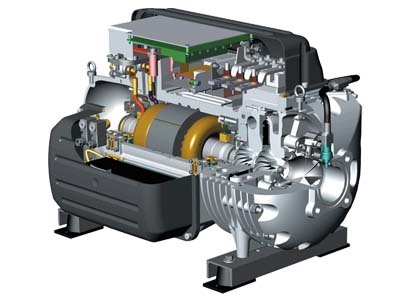
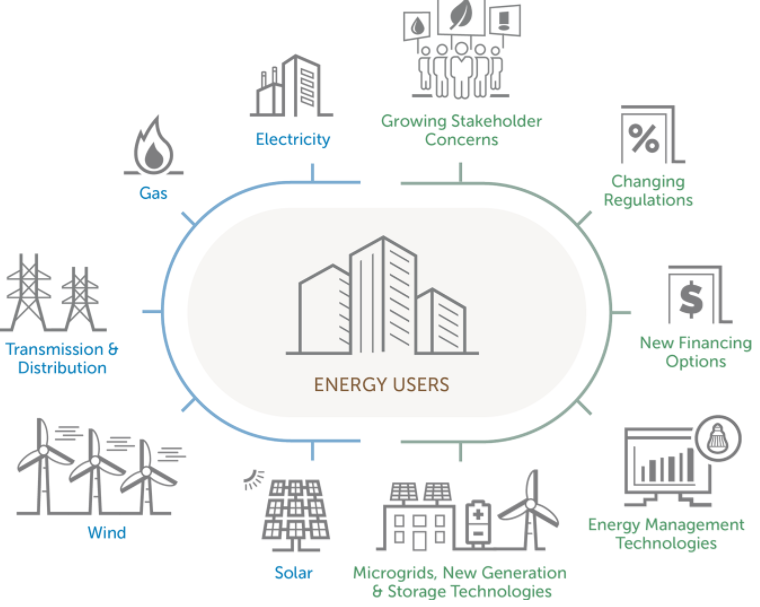
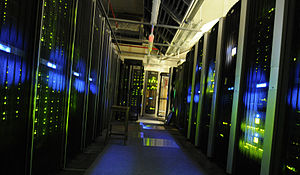
.jpg)
